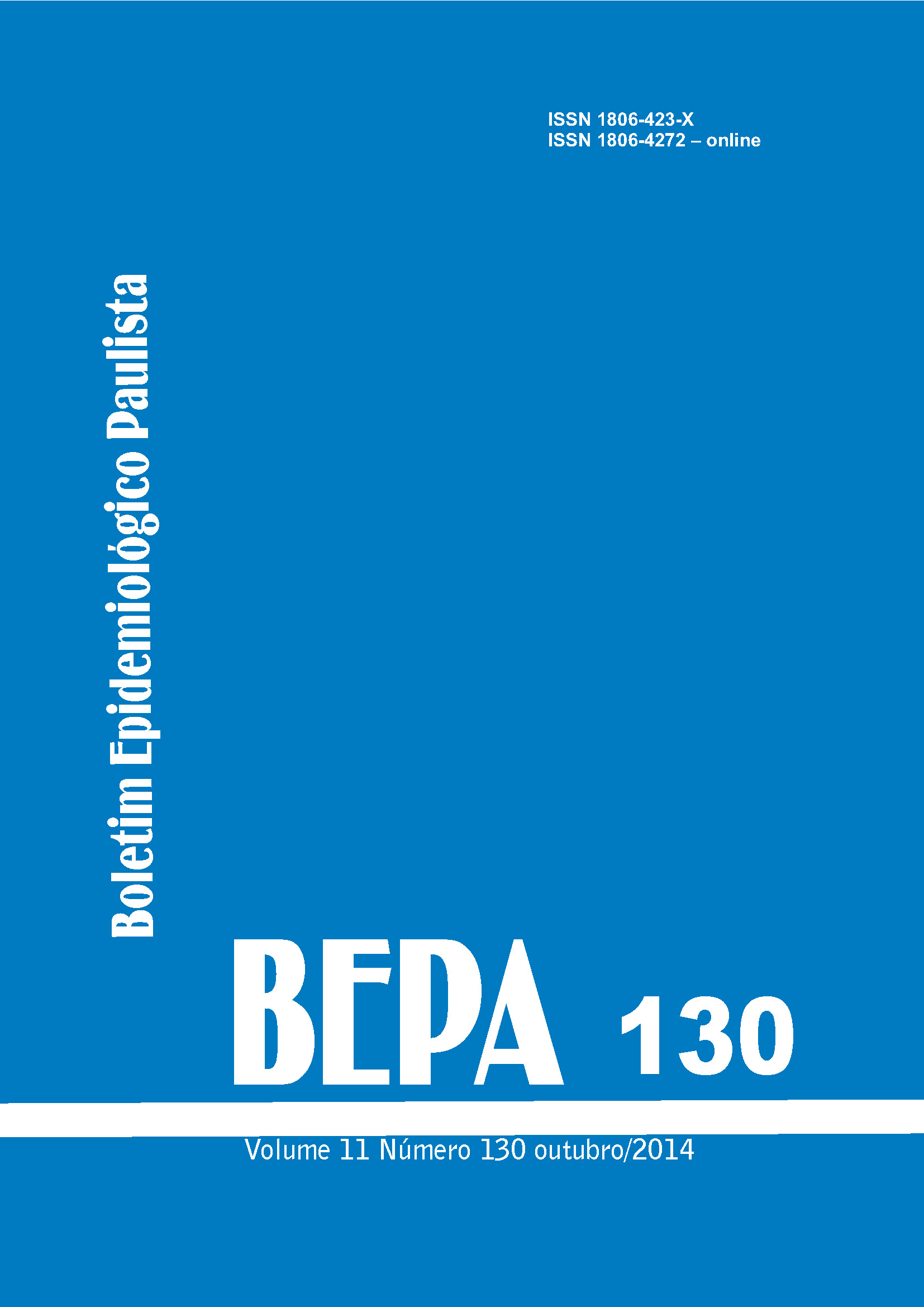Abstract
Despite the positive aspects of the interaction of humans with dogs, there are undesirable situations such as aggressions, an important Public Health issue worldwide. Bites can lead to secondary infections, psychological trauma, lesions that require surgical reconstructive intervention and hospitalization and even death of the victim. One of the diseases that can be transmitted by aggression is rabies, considered one of the most important zoonotic disease, not only because of its lethal evolution, but also its social and economic cost. Previous studies suggest that there are dozens of millions lesions caused by dogs annually. Such situation suggests the necessity of surveillance tools and the implementation of epidemiologic surveillance actions that allow the elucidation of the circumstances and characteristics of the aggression events, in order to provide elements to plan actions and intervention measures to reduce the risk of new bites. Aiming at analyzing and characterizing the dog bite events, victim profiles, aggressive animals and the circumstances of the aggression events, an observational study from April 2009 to December 2012 was conducted in areas of the Sao Paulo city. Data were obtained through interviews with the victims and the filling of a questionnaire. Variable frequencies distribution and their association, two by two, along with simple and multiple correspondence and spatial analysis were made. Most of the bite events occurred close to the residence of the victims. Most of the male victims were aged between 13 and 17 years (66.2%) with the feet as the most affected region of the body (63.3%), mostly with profound lesions (60%), bitten by mongrel dog (57.8%), without previous contact with the aggressor dog (63%). Most of the female victims were caused by sterilized dogs (66.1%) during the attempt to end a dog fight (67.4%). Most of the aggressions in people aged between 18 to 59 years caused superficial lesions (49.6%). The highest proportion of hand aggressions was caused by male dogs (34.8%) without previous aggressive event (35.7%). We have concluded that the relevance of dog bites must be better addressed and investigated by health authorities. The investigation of aggression events caused by dogs and the planning of risk reduction and mitigation should be incorporated to the health promotion policies.

This work is licensed under a Creative Commons Attribution 4.0 International License.
Copyright (c) 2014 Adriana Maria Lopes Vieira, Ricardo Augusto Dias (orientador)
